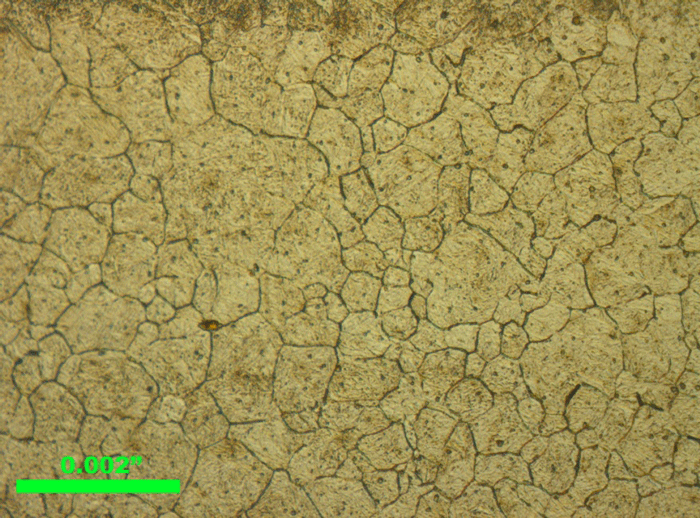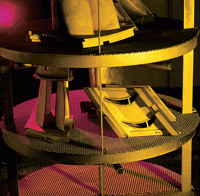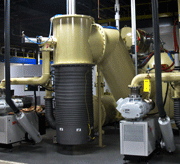Revealing the prior-austenite grain boundaries in heat treated steel is probably the most difficult, and frustrating task, faced by the metallographer or metallurgist. Grain boundaries, regardless of the type, are generally impossible to see in cast metals, as they solidify dendritically and segregation is present and often substantial. After deformation and annealing, if recrystallization occurs, grain boundaries in the product may be visible, but they are not necessarily prior-austenite grain boundaries.
In a deformed, partially recrystallized specimen, it is usually possible to see both recrystallized and non-recrystallized grain boundaries. But, prior-austenite grain boundaries are those of the steel when it was austenitized prior to quenching and tempering. If the steel’s microstructure is fully martensitic after hardening, or contains some retained austenite or lower bainite, the prior-austenite grain boundaries may be revealed. They can often be revealed in specimens isothermally processed to obtain fully lower bainitic microstructures; but they cannot be revealed if the transformation microstructure consists of upper bainite, pearlite and/or ferrite. Composition also is important in trying to reveal the prior-austenite grain boundaries, as is the tempering temperature. In general, steels with low carbon contents and low phosphorous contents are very difficult subjects. This article summarizes the state-of-the-art in revealing prior-austenite grain boundaries.



